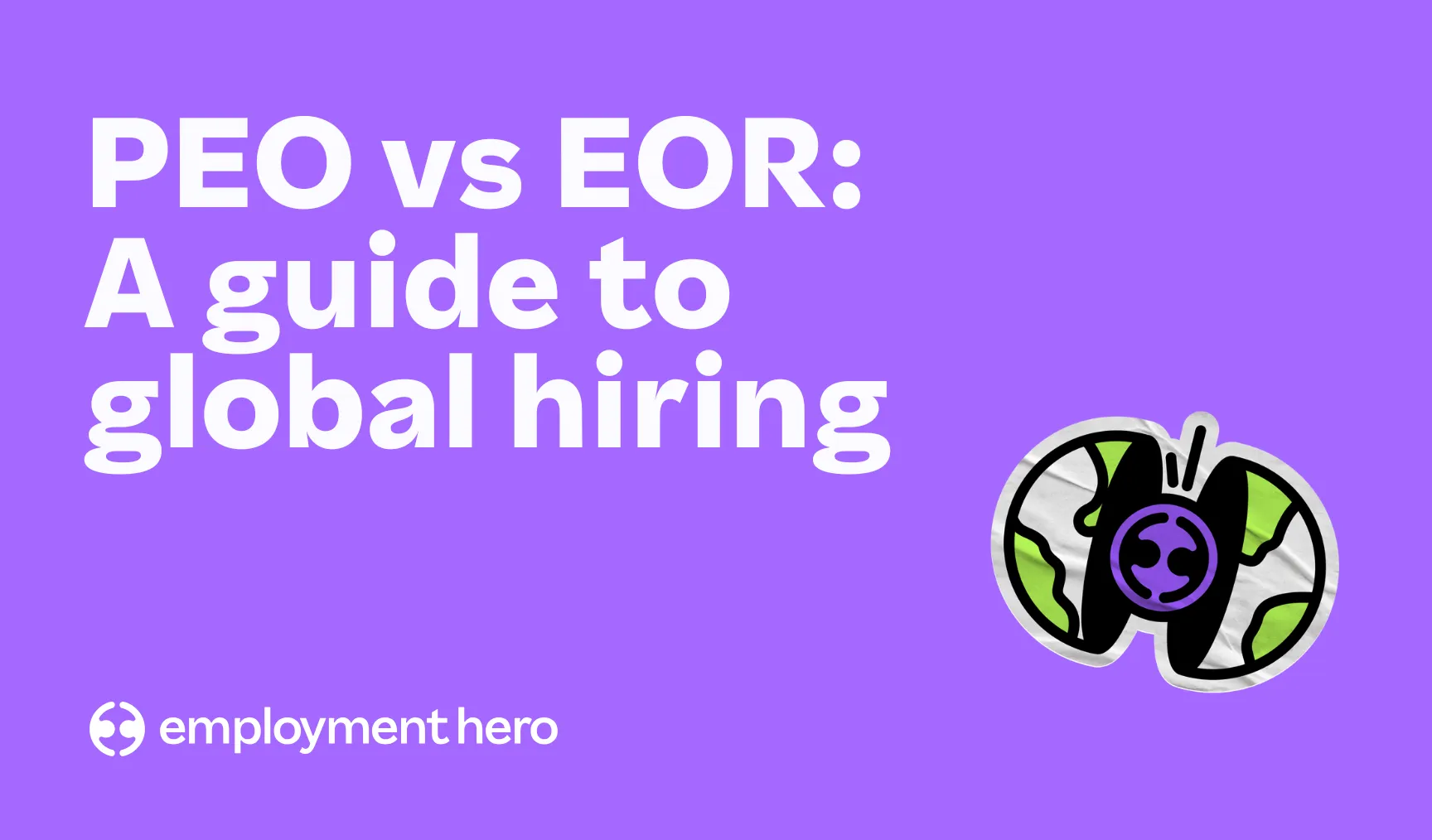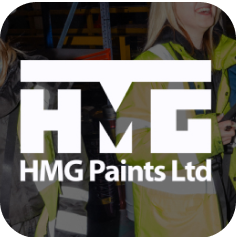Recruitment without job boards – the new way to find employees
A new era of hiring. Here’s how to find your next top talent.

In this article, we’re looking at what’s going to happen to the HR landscape when job boards cease to exist, a reality that is just around the corner.
Job boards have long been a cornerstone of recruitment processes, but with the evolving dynamics of technology and the job market, it’s crucial to consider alternative scenarios. So let’s get under the hood of recruitment and explore the potential shifts, challenges, and opportunities that a job board-less future could bring to the HR industry.
The current role of job boards
Job boards revolutionised the way HR professionals approach talent acquisition. They provide an efficient, wide-reaching, and precise method for finding the best talent. In an age where the right skill set can make or break a company’s success, job boards stand as essential tools in the HR toolkit. At a time when talent is both a priority and a challenge, these platforms are the bridges connecting eager job seekers with prospective employers. But what exactly makes job boards so crucial in today’s recruitment landscape?
1. Unprecedented reach
Today’s digital age means that a job posting can go live and, within minutes, be visible to thousands, even millions, of potential candidates from around the world. A study by the CIPD found that 64% of British jobseekers use a job board to look for a job. This showcases the immense scope and influence of these platforms.
2. Sheer convenience
Gone are the days when employers relied on newspapers or word of mouth to announce vacancies. Modern job boards are user-friendly, with straightforward posting procedures, making it easy for companies to upload job descriptions, requirements, and perks.
3. Advanced filtering capabilities
One of the standout features of contemporary job boards is their ability to sift through vast numbers of applicants to find the right fit. Thanks to sophisticated algorithms, employers can now filter candidates based on skills, experience, location, and a myriad of other criteria. This ensures that the CVs landing on an HR professional’s desk are more aligned with the company’s needs. We found that 85% of HR leaders are already harnessing AI-powered software, and over two-thirds (64%) of our respondents agreed that AI saves time and makes their jobs easier.
But it doesn’t stop at job boards. More than half of HR leaders we spoke to for our latest report anticipate a transformative AI revolution in HR.
The decline of traditional job boards
As talent acquisition evolves, the heyday when job boards dominated recruitment might be waning. Emerging technologies, combined with shifts in candidate behaviour, are challenging the status quo and ushering in a new era for recruitment. We can attribute this shift to a range of compounding factors:
- One-size-fits-all no longer fits – traditional job boards often use a generic approach, lacking personalisation for different roles or industries which can result in a flood of irrelevant applications
- Limited engagement – unlike newer platforms, traditional boards don’t foster continuous engagement or nurture potential candidates, leading to missed opportunities
- Cost inefficiencies – employers often pay hefty amounts for listings, with no guarantee of quality applicants.
These shifts have triggered a decreased dependency on job boards. Emerging technologies and changing candidate behaviours are altering the way companies seek talent. Advanced algorithms can now screen and rank candidates based on fit, vastly reducing the manual hours spent sifting through resumes. Machine learning can also predict the roles a company might need in the future, based on trends and growth trajectories.
Increasingly platforms can act as dynamic CVs and role adverts. Features like SmartMatch allow for passive recruitment, where employers can approach potential candidates even if they’re not actively looking for a new job. And with technology enabling tailored candidate journeys, static job listings can’t compete with interactive, personalised experiences that cater to individual candidate needs and aspirations.
So is this the end of job boards? How will it impact hiring and candidate sourcing?
What does the future hold for candidate sourcing?
If job boards were to phase out, recruiters and HR professionals would face a pretty significant disruption in their methods of candidate sourcing. We’re already seeing a pivot towards alternative avenues. Take, for example, the rise in the importance of social media platforms – 73% of millennials found their last position directly through a social media platform. It would also see the rise of platforms like LinkedIn where passive candidate scouting is already on the up.
Additionally, niche platforms specific to certain industries or roles would gain prominence, allowing for more specialised and relevant candidate searches. Talent marketplaces, platforms that curate and present vetted professionals, would also see a surge, offering employers access to pre-screened talent pools. Overall, the decline of job boards challenges HR professionals to be more strategic, adaptive, and tech-savvy in their talent acquisition efforts.
But while it’s tempting to predict the outright replacement of job boards, a more nuanced view is their evolution and integration. Emerging technologies might not replace job boards in their entirety but will surely supplement their functions. We’re already seeing traditional platforms integrating AI capabilities. In the near future they may offer enhanced predictive analytics to improve matching, or partner with educational institutions to match curriculums with future job needs.
What do employers need to know about the future of hiring?
If you take anything away from this article, it’s that employers need to recognise that the future of hiring extends beyond job boards. Employer branding, once showcased through copy and job descriptions on job boards, needs to shift towards more interactive and immersive platforms, such as company websites, social media, and virtual reality tours. This is your chance to shine and show off an authentic portrayal of your company culture and values.
Enhancing the candidate experience is paramount, with a focus on personalisation, responsiveness, and transparency across various touchpoints. As job boards recede, HR cloud platforms are poised to take centre stage, integrating functionalities like AI-driven candidate matching, virtual interviews, and onboarding processes. Platforms like Employment Hero leverage data-driven insights and automation, allowing for a more efficient, more tailored and more streamlined process.
However, this doesn’t come easy. Some HR professionals may grapple with the steep learning curves of new technologies and the loss of a familiar candidate sourcing channel. To navigate these hurdles, continuous upskilling, staying abreast of emerging tech trends, and forging strategic partnerships with tech providers will be crucial.
Eager to get ahead of the curve? Download the complete guide to taking HR digital.
The wrap up
The future is calling. Boring, traditional methods like job boards are on the way out, and instead, we’re making room for an incredibly agile, tech-integrated, and candidate-centric approach to hiring.
Adaptability is no longer just an asset—it’s a necessity. For HR professionals, this is not a moment to stand still but to leap forward. Staying updated with the latest trends, embracing emerging technologies, and reimagining recruitment strategies are imperative. The future belongs to those who innovate and adapt, ensuring that they not only keep pace with change but also shape it.
Join us for this mission. Book a demo today.
Related Resources
-
 Read more: Setting employee expectations: Your guide to getting it right
Read more: Setting employee expectations: Your guide to getting it rightSetting employee expectations: Your guide to getting it right
Learn how to set clear employee expectations to boost productivity and engagement. Discover actionable tips and strategies for leadership success.
-
 Read more: PEO vs. EOR: A guide to global hiring
Read more: PEO vs. EOR: A guide to global hiringPEO vs. EOR: A guide to global hiring
Contents Expanding your business into new markets is a powerful growth strategy. But hiring talent globally introduces a maze of…
-
 Read more: How to build a global team without a local entity
Read more: How to build a global team without a local entityHow to build a global team without a local entity
Learn how to streamline your hiring and expand your UK business globally with an Employer of Record (EOR) without the…





















